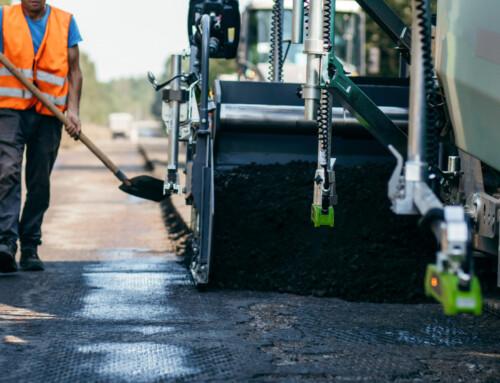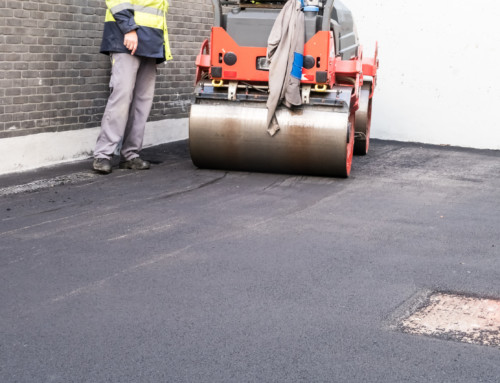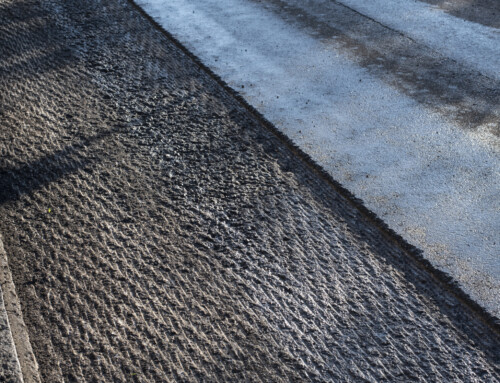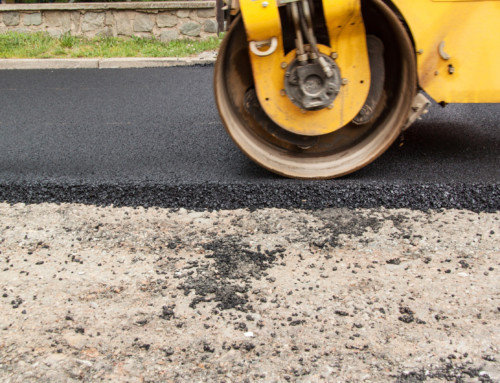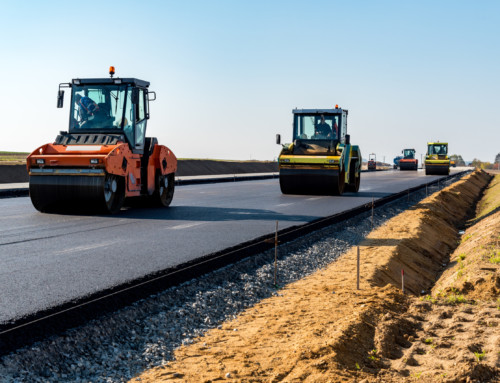New asphalt can be an elegant and highly practical solution for many applications. Whether you want to replace a gravel driveway, build a new parking lot, or turn a dirt road into a finished one, new paving can be an excellent choice. However, although properly laid asphalt is durable enough to withstand extreme weather conditions with minimal damage, it must be given enough time to cure before being exposed to those conditions. Here are the weather factors you must consider when timing your new paving services.

Temperature
“Hot mix” asphalt is mixed at a temperature of approximately 104 to 121 C, and transported to the job site in a heated truck that maintains this temperature. It must be poured, spread, and compacted before it drops below approximately 85 C. In warm weather, this is easy.
In wintry weather, though, the temperature of the asphalt starts to drop quickly as soon as it leaves the truck. This causes it to thicken, making it difficult to properly pour and spread. It might even harden before it is compacted. The temperature of the ground also matters, as pouring asphalt onto a frozen surface could cause the embedded aggregates to break out of the binder.
The minimum recommended temperature for placing the base layer of asphalt is a ground temperature of at least 5 C. Upper layers have a minimum recommended ground temperature of 10 C. For best results, though, it is ideal to wait until the ambient air temperature is at least 20 C.
Precipitation
Precipitation can mean anything from a light mist to a downpour, so it is important to break down the term. While it is not advisable to start paving during any sort of precipitation, a light drizzle that begins during the job and does not cause puddling is not typically a concern. Heavier precipitation, though, could have impacts that must be considered:
Cooling: Rain causes the asphalt mix to cool more rapidly. At high ambient temperatures, rain may not be as important, but it can definitely affect the results on a cooler day.
Bonding: The various layers of asphalt must bond tightly together, and significant moisture could disturb that process.
Your asphalt contractor will carefully monitor the situation, including the temperature of the asphalt mix and the compaction process. If rain becomes too heavy, the project will be halted until conditions clear.
Standing Water
Standing water is a significant hindrance to the paving process. Even small puddles quickly turn to steam when hot mix asphalt is poured on top of them. This can cause the binder to separate from the aggregate in a process known as stripping. If puddles are present, whether it is actively raining or not, your contractor will wait until they evaporate before proceeding.
Based in Abbotsford, Topwest Asphalt also serves Langley, Chilliwack, Mission, and Maple Ridge. Are you ready to start your next asphalt project with a team you can count on to do the job right, on time, and on budget? We invite you to call Topwest Asphalt today at 1-800-ASPHALT to discuss your project and schedule an estimate. We look forward to working with you!

